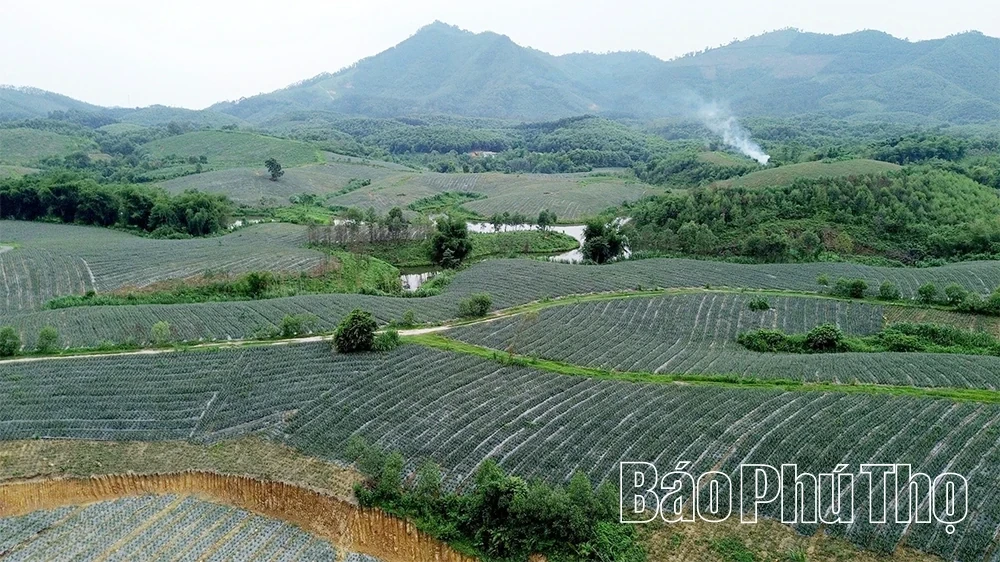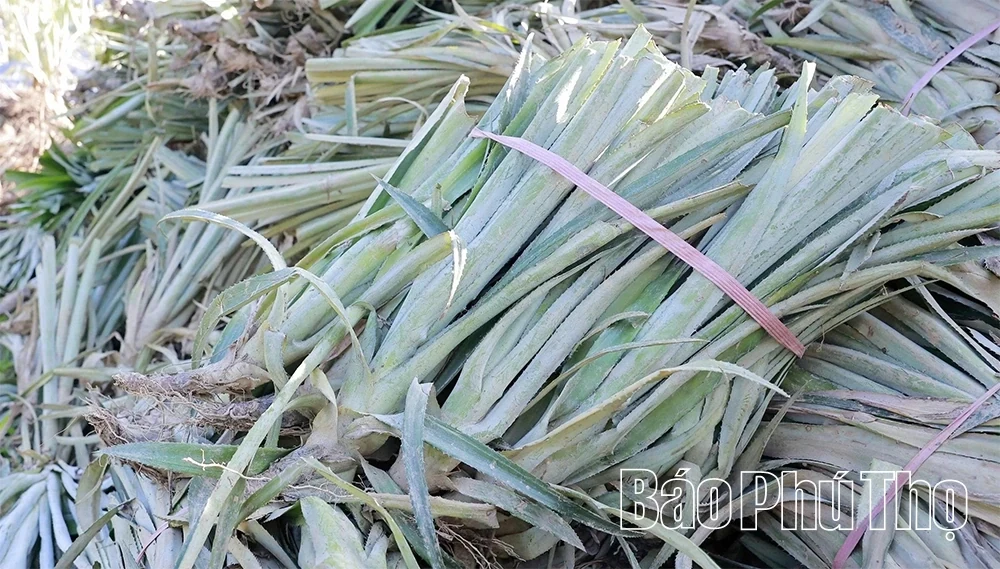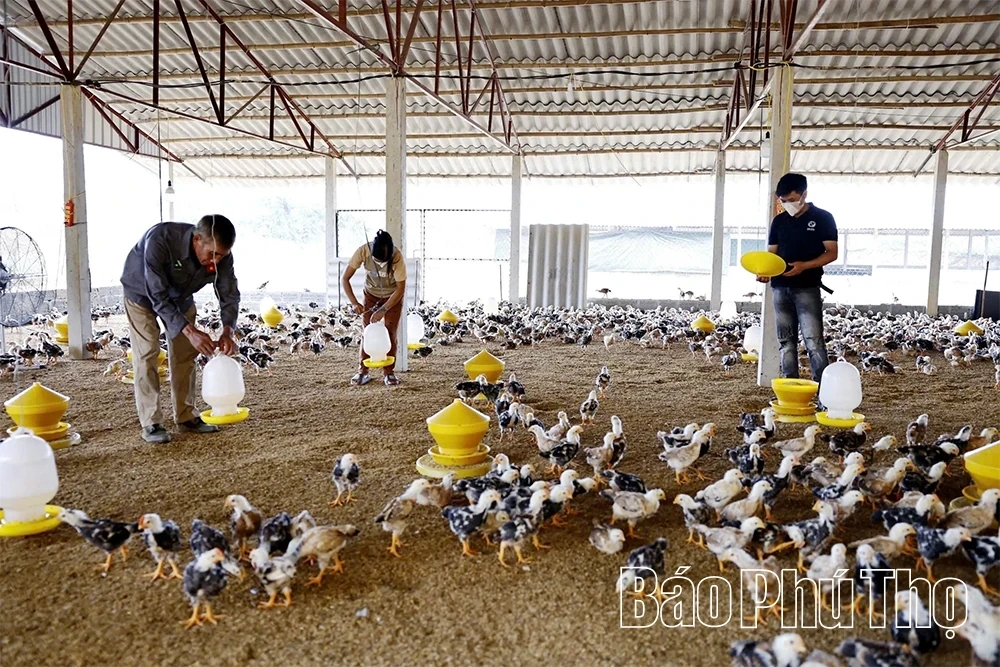{title}
{publish}
{head}
“Sweat falls, trees rise” — that is the “formula” that has helped farmers in Van Lang completely transform their production landscape. Instead of remaining confined to traditional, low-efficiency agricultural practices, their willingness to think boldly, act boldly, and embrace change—together with relentless hard work—has turned barren hillsides and neglected, unproductive land into thriving slopes laden with fruit, promising breakthrough income.

The hillsides now blanketed with vibrant green pineapple fields have become the “answer” to the challenge of raising incomes and building prosperity for farmers in Van Lang Commune.

From once-barren slopes with low-yield crops, Van Lang farmers have focused on land improvement and zoning to cultivate pineapples.

After being rehabilitated, the soil is covered with plastic sheeting to reduce weeds, retain moisture, and protect the crops from pests and diseases.


Uniform seedling shoots—carefully selected for consistent size and weight—are transported to the planting rows.

Pineapple planting techniques are simple and suitable for many local laborers and farmers of different ages.

The tools required are minimal—just a small hoe and gloves to avoid the thorns.


Pineapple plants are highly adaptable to various soil types and growing conditions.


Depending on the terrain, pineapples are planted in three or four rows per strip for easy care, with a density of around 50,000 plants per hectare.

Formerly barren hillsides are now fully covered in the green of pineapple crops.

Farmers water, fertilize, and prune the shoots regularly to ensure healthy growth and high yield.


Sweet fruits begin to form.

Alongside pineapple farming, flat areas far from residential zones are utilized for livestock raising. This combination of cultivation and husbandry maximizes land resources, creates a diversified production model, increases income sources, and reduces risks.

The entire pineapple-growing area here has been contracted for product consumption by agricultural companies and processing units. With contract prices ranging from 5,000–6,000 VND per kilogram, the crop promises significantly higher income compared to other plants.
Le Hoang

baophutho.vn Recognizing the development of Industrial Parks (IPs) as a key driving force to promote economic growth, shift labor structure, and create...

baophutho.vn After the merger, Phu Tho province with a scale of over 9,361 square kilometers and a population of more than 4 million, has become the...

baophutho.vn The year-end is the golden time for enterprises to accelerate, make a breakthrough towards the finish line, concentrate all resources to strive...

baophutho.vn On the morning of December 8th, Mr. Tran Duy Dong – Deputy Secretary of the Provincial Party Committee, Chairman of the Provincial People's...

baophutho.vn Entering the beginning of December, the atmosphere of harvesting Nam Son ancient tangerines in Van Son commune becomes more bustling than...

baophutho.vn In the context of Vietnam's increasing deep participation in Free Trade Agreements (FTAs), the province has been accelerating the propaganda...

baophutho.vn In the context of increasingly deep international economic integration, Phu Tho is emerging as an export bright spot in the Northern Midlands...

baophutho.vn The fertile land of Cao Phong is not only known for its beautiful natural landscapes, but is also recognized as the “capital” of golden ripe...

baophutho.vn Visiting Tan Lac Red Pomelo region in late November offers a chance to experience the distinctive, pervasive fragrance and the sight of...

baophutho.vn On the afternoon of November 27, at Que Lam Biotech One-Member Co., Ltd. in Xuan Lang Commune, Mr. Dinh Cong Su – Provincial Party Committee...